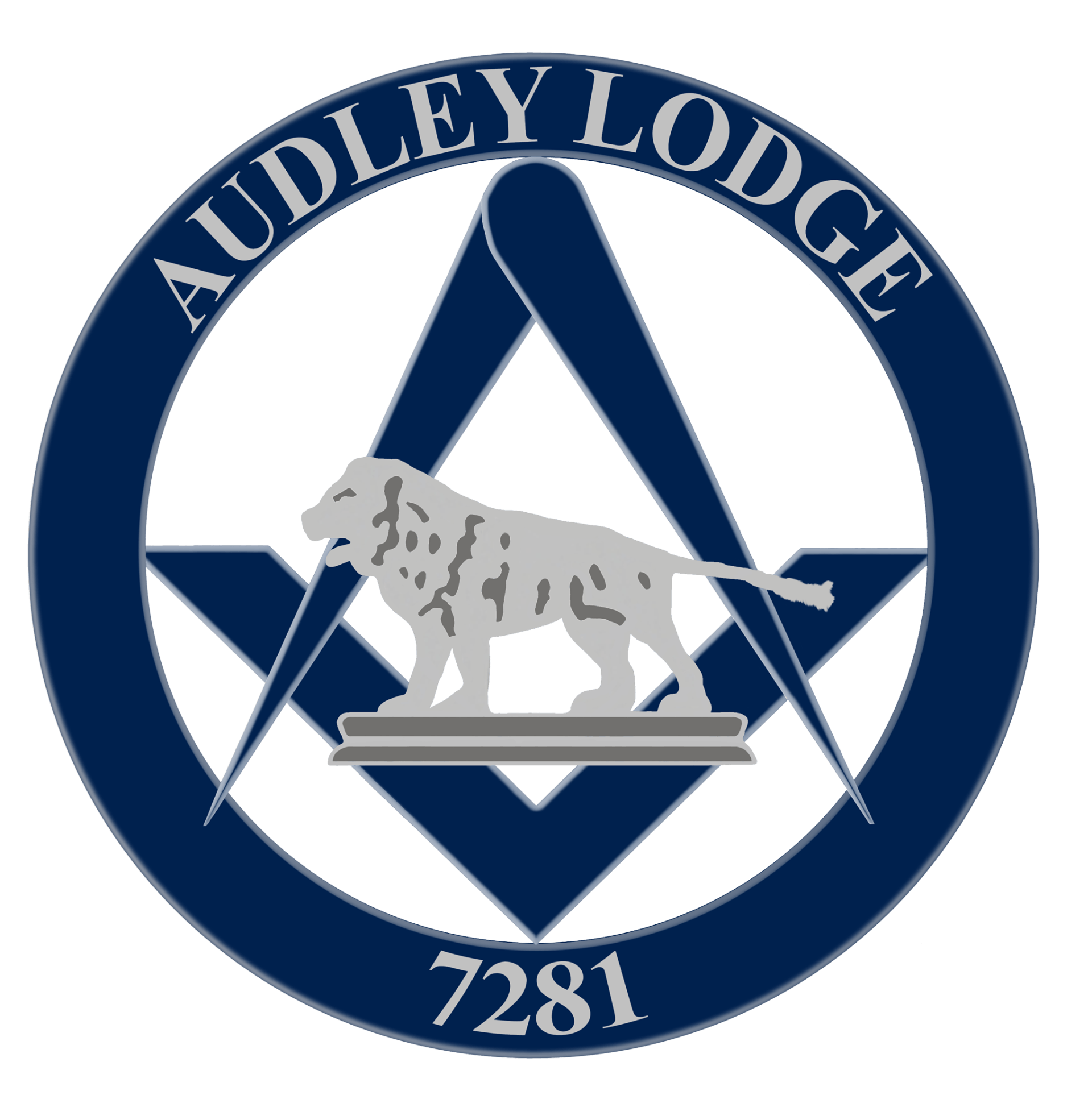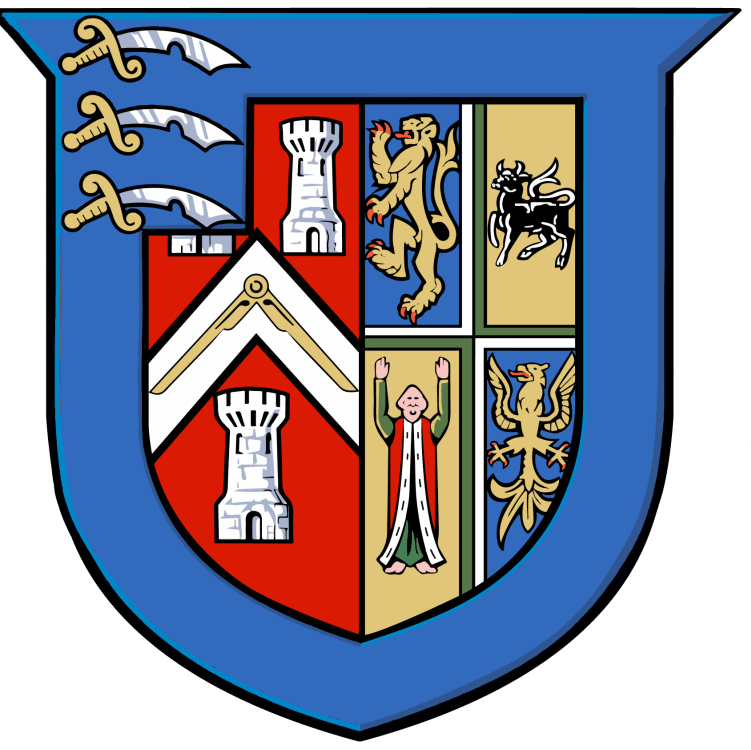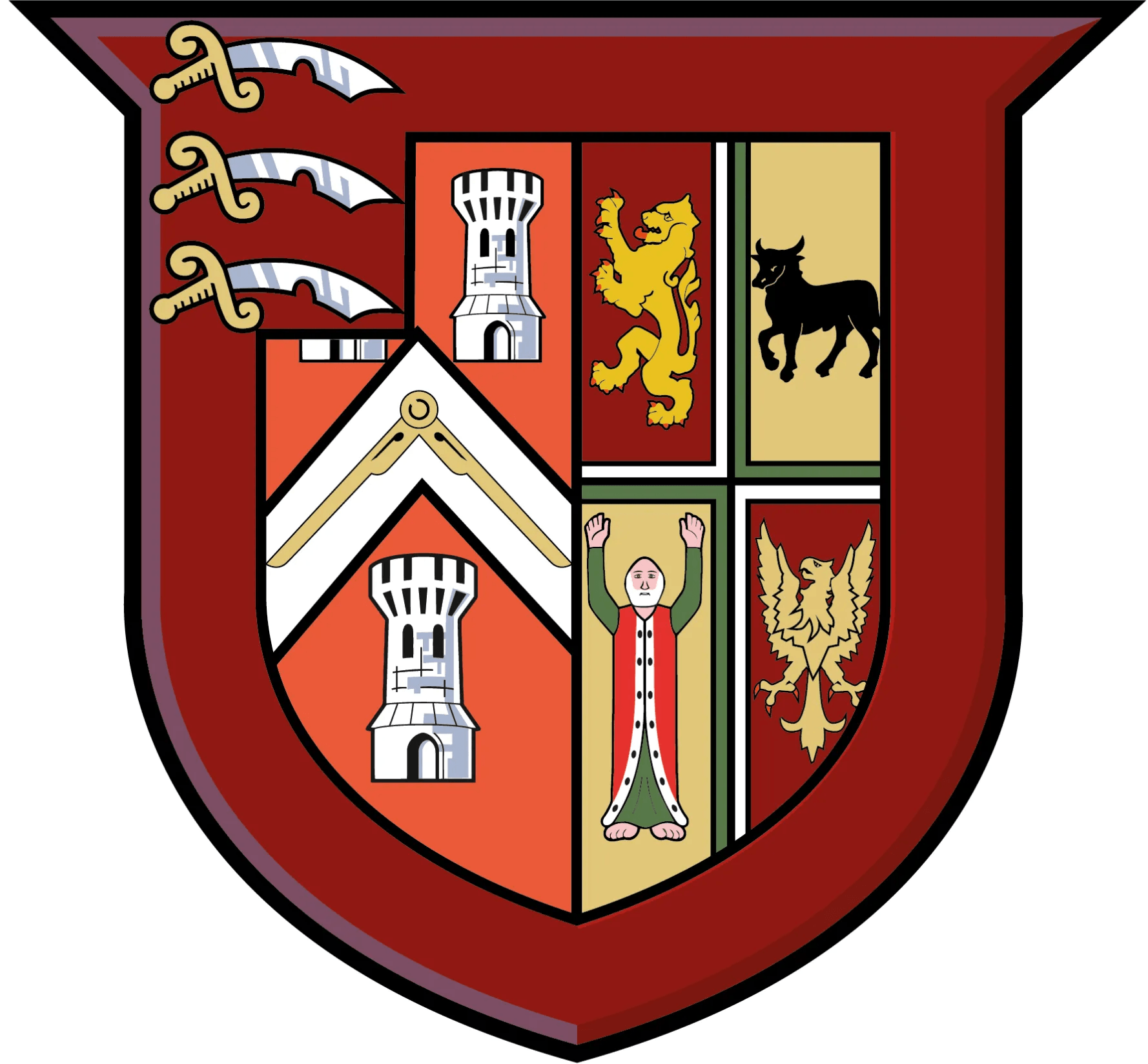What is Freemasonry?
Freemasonry
History
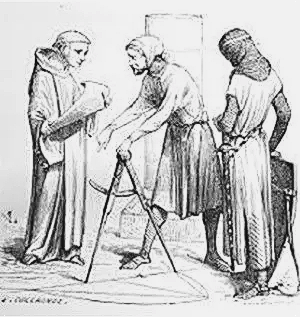
Slide title
Write your caption hereButton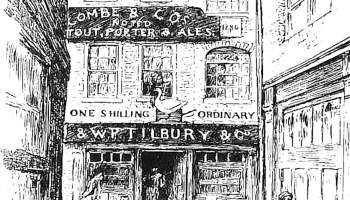
Slide title
Write your caption hereButton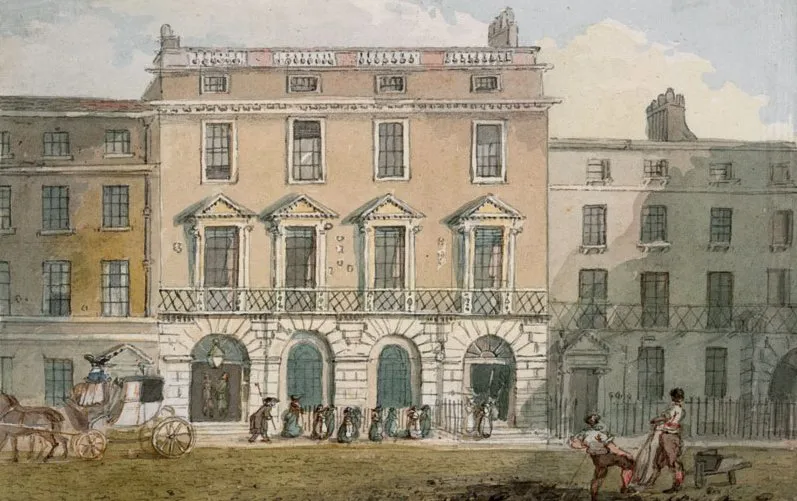
Slide title
Write your caption hereButton
Slide title
Write your caption hereButton
- Is Freemasonry a religious organisation?
Freemasonry is not a religion, nor is it a substitute for religion, however it is religious in nature, as it requires its members to have faith in a Supreme Being or higher power than themselves, which should be according to the individual Mason’s belief.
It’s not a sectarian organisation and does not promote one religion over another. Masonic ceremonies describe a moral code, using basic principles that are common to all religions.
One of the first rules of Freemasonry is that it forbids the discussion in Masonic meetings of matters concerning religion and politics — topics likely to cause personal arguments as this is where traditionally, many people hold firm views. Such discussion would likely upset the harmony of the lodge in which we work hard to maintain.
- Why is Freemasonry so secretive?
Freemasonry is not a ‘secret’ society, rather a society with secrets. The notion that we are secretive comes from a time, hundreds of years ago, where certain organisations had to meet in private to escape religious persecution or political paranoia. This is not relevant in todays’ open society. However, the need to maintain our ‘secrets’ or rather more aptly, traditions, are in order to preserve the integrity of our institution in the way our forbearers did.
Masonic Centres often hold open days where members are happy to give guided tours to the general public. Visitors can see inside the Masonic temples where the ceremonies take place and are free to ask as many questions as they like.
- Do handshakes give members preferential treatment?
The handshakes are signs used within Masonic ceremonies to distinguish ones level – much like a military rank slide. Certainly they can be used in everyday society, but to expect preferential treatment or some other form of advantage from fellow Freemasons is both misguided and contrary to one of the basic principles of the organisation and is highly frowned upon.
It has been said that some people become Freemasons for personal benefit. This statement is indeed true, but understood in the wrong context. The personal gain is in experiencing the warmth of an honourable society and being part of an organisation that works hard to help the less fortunate of the world.
- Why do grown men dress up and hold strange ceremonies?
Freemasonry has been in existence for over 300 years and over this time it has developed a pattern of rituals. They are no more outlandish than ceremonies such as the State Opening of Parliament but, like this event, they perform a valuable function in reminding members of the heritage and standards they are expected to maintain. Once people have become Freemasons and understand the context of the rituals and symbolism held there within, they no longer seem strange or out-dated.
- What do Freemasons do in the Lodges?
The majority of lodges meet four – six times a year, usually in the evenings. The formal part of the meetings are to conduct ceremonies that bring in new candidates or confer further ‘degrees’ upon members once they have made sufficient progression. Other parts of the meeting usually concern the need to support various charities and the welfare of our members in addition to the general business of running the lodge.
After the formalities there is usually a three-course meal - ‘The Festive Board’, where we get to socialise with our members and guests. These proceedings nearly always involve charitable endeavours, toasts and heart felt speeches.
Additionally there are weekly Lodge of Instruction meetings for those who want to progress, where members learn more about the principles of Freemasonry and to master the ritual performed in the ceremonies.
There are also social and sporting events organised for members and their families throughout the year.
